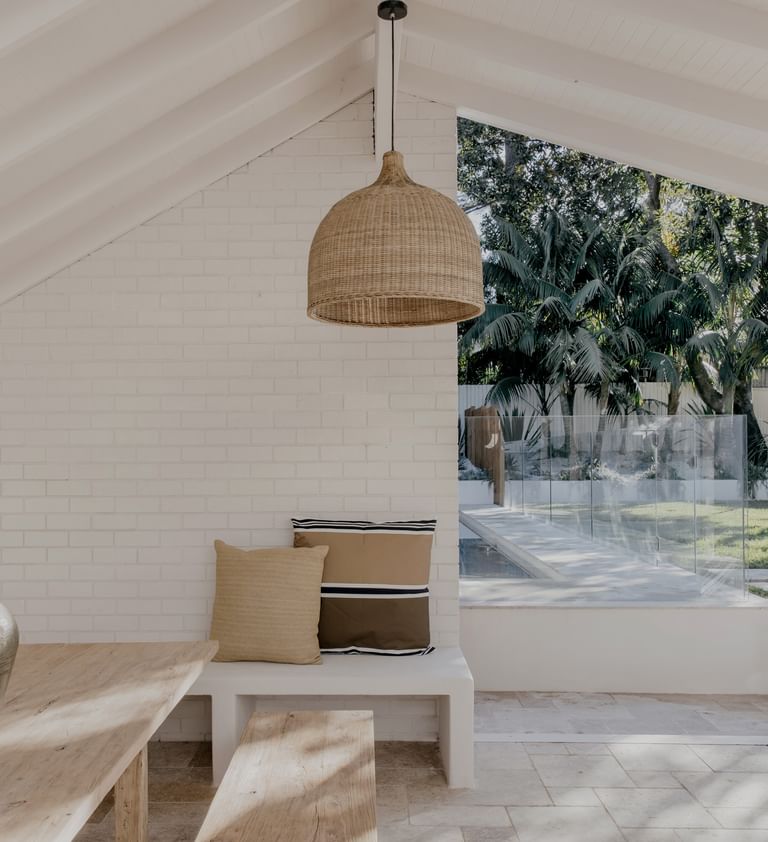
Price Movements


Australian house prices continued to increase in November and are now well above the previous peak in 2021. While surprising given rapid interest rate increases, the growth reflects strong population growth and a housing shortage. The median for units has also exceeded the previous peak.
Housing supply is expected to remain limited in 2024 and this, combined with interest rates that are at or close to peak, are likely to continue to lead to price growth.


Perth continues to see the strongest house price growth in Australia. While this city is seeing similar trends to other capital cities, it appears that rising wealth from strong mining conditions is also playing a role. Adelaide is also a top performer, seeing similar drivers to Perth. Melbourne continues to see the weakest growth, however, is still up 6.6 per cent compared to last year.


While Perth tops the country for house price growth, Adelaide units are the strongest, with prices up almost 10 per cent since last year. While growth is problematic for affordability, it will ensure more homes are built. The cost of construction increased dramatically last year. Although it has stabilised now, building a home is still a lot more expensive than it was two years ago. Prices of existing homes needed to rise to match the higher costs of building a new home.


Strong mining conditions are the main driver of house price growth in regional South Australia and Western Australia. While iron ore remains the largest driver of growth for Western Australia, lithium production continues to increase. In South Australia, copper production was a major contributor to economic growth for the state.
While on aggregate, house prices are up in regional Australia, we are continuing to see large increases in properties coming to market in many beachside holiday destinations. This is impacting pricing in many of these areas.


Regional South Australia and Western Australia are also seeing the strongest price growth for units. Both regions are seeing more than 10 per cent growth over the past 12 months.
Listings Activity
Listing volumes were up in early spring however, since then, the number of properties coming to market has been more subdued. The volume is on par with what we saw at the end of 2022. While price growth would normally lead to more properties coming to market, it appears that a lack of stock may be inhibiting sellers. Most sellers are subsequent buyers. More positively, although anecdotally, we’re hearing that more investors are selling because of high interest rates; this has had minimal impact on listing volumes.




At a capital city level, the most expensive markets of Melbourne, Sydney and Canberra have seen the biggest increase in new listings compared to last year. However, this has been largely offset by declines in other markets.


While listings have increased in some beachside holiday destinations, on aggregate, this is making a minimal impact on total listings in regional areas. Regional Queensland, which includes Gold Coast and Sunshine Coast, currently has almost 23 per cent fewer homes listed compared to last year.


Listing authorities are a lead measure of listings. They measure the point at which a vendor has signed to Ray White but the listing is not yet advertised. From this, we can see that the downturn in listings typically experienced at the start of December started a lot earlier this year.
Auction Insights
Clearance rates remain higher than last year but lower than the particularly strong conditions experienced in 2021.




Average active bidders at auction declined slightly in November but remained above the rate experienced at the same time last year.


In November, the Ray White Group saw particularly strong market conditions with the highest volume of sales since March 2021 at $8.4 billion. Record results were experienced by businesses in Western Australia and South Australia. Total sales were more than 20 per cent up on last year. Despite challenging conditions for commercial property, record revenue was also experienced by this part of the business.







